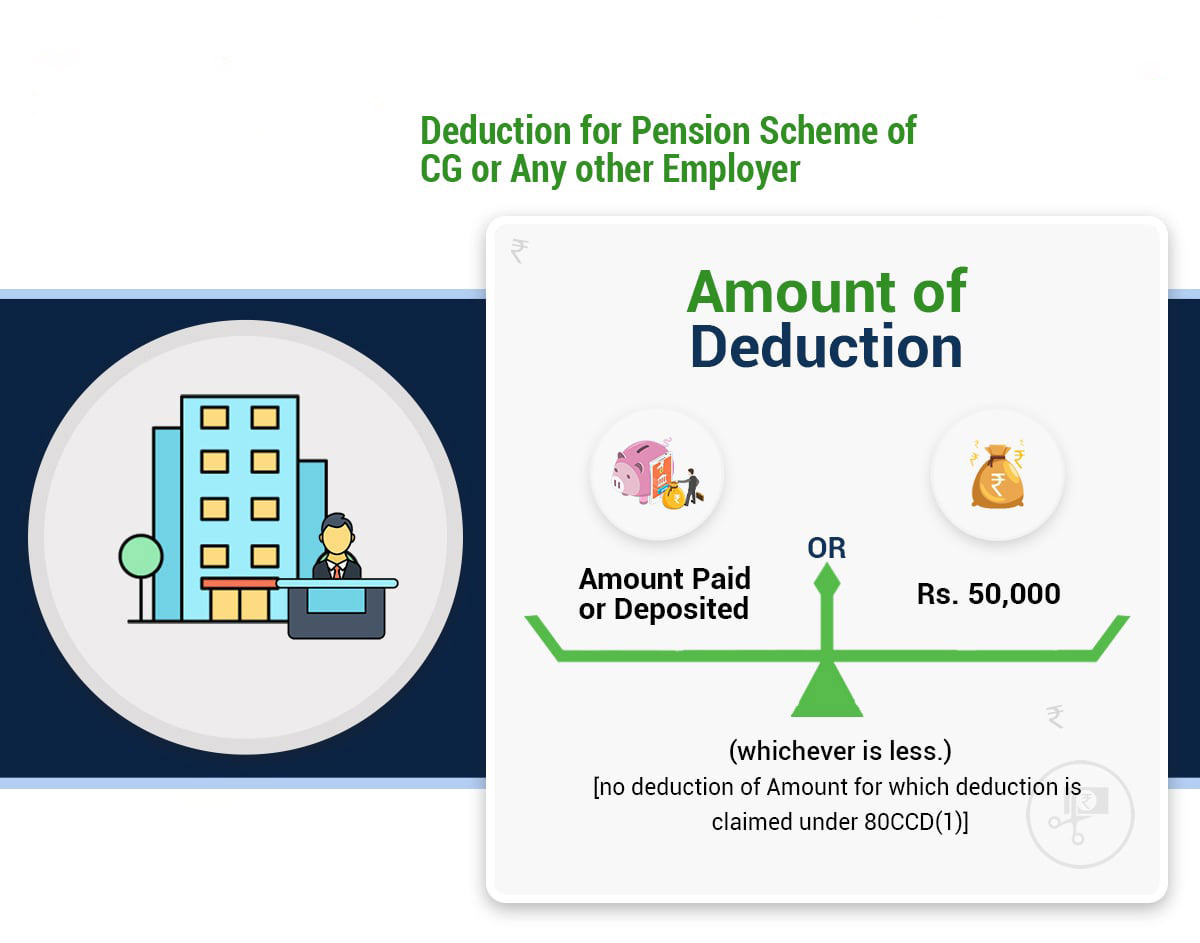Home>Finance>Cash Concentration And Disbursement (CCD): Definition And Use


Finance
Cash Concentration And Disbursement (CCD): Definition And Use
Published: October 24, 2023
Looking for a definition and practical use of Cash Concentration and Disbursement (CCD) in finance? Discover how CCD can streamline your financial operations and optimize cash flow.
(Many of the links in this article redirect to a specific reviewed product. Your purchase of these products through affiliate links helps to generate commission for LiveWell, at no extra cost. Learn more)
Cash Concentration and Disbursement (CCD): Definition and Use
Finance is a critical aspect of managing any business, and one essential component of financial management is cash concentration and disbursement (CCD). In this blog post, we will dive into the definition and use of CCD, exploring why it is crucial for companies to understand and implement effective CCD strategies.
Key Takeaways:
- Cash concentration and disbursement (CCD) is the process of efficiently managing a company’s cash flow by consolidating funds from multiple accounts into a central account and accurately disbursing them based on specific needs.
- The primary goal of CCD is to optimize cash flow management, reduce idle cash balances, enhance liquidity, and potentially maximize investment opportunities.
Now, let’s take a deeper look into what cash concentration and disbursement is and how companies can leverage this financial management tool to their advantage.
What is Cash Concentration and Disbursement (CCD)?
Cash concentration and disbursement is a critical banking service that enables companies to effectively manage their cash across multiple accounts. The process involves moving funds from subsidiary accounts scattered across different banks or geographical locations into a central account. By consolidating cash in one central account, organizations gain better control and visibility over their cash flow, simplifying their financial management tasks.
On the disbursement side, CCD also facilitates the accurate and timely distribution of funds based on pre-determined criteria. This ensures that payments are made efficiently, reducing the risk of missed payments or late fees. CCD can automate payment processes, streamline workflows, and provide companies with the ability to forecast cash positions more accurately.
Why is CCD Important?
Implementing a robust cash concentration and disbursement strategy is vital for several reasons:
- Maximizing Cash Utilization: CCD enables organizations to make the most of their available cash by efficiently pooling funds into a central account. This can help reduce idle cash balances and increase liquidity, providing more financial flexibility for strategic initiatives or unexpected expenses.
- Enhancing Operational Efficiency: By automating cash concentration and disbursement processes, businesses can streamline workflows, reduce manual errors, and save time. This allows finance teams to focus on more value-added tasks, such as financial analysis and planning.
- Gaining Better Control and Visibility: CCD provides companies with a holistic view of their cash flow, allowing for better monitoring and control of funds across various accounts. This enhanced visibility helps in making informed financial decisions and mitigating potential risks.
- Improving Cash Forecasting: With accurate and timely information about cash positions, companies can forecast their cash flow more effectively. This enables better financial planning, optimizing investments, debt management, and overall financial strategies.
Implementing an Effective CCD Strategy
To make the most of CCD, organizations should consider the following steps when developing their cash concentration and disbursement strategy:
- Assess Current Cash Management Practices: Evaluate existing cash management processes, identify pain points, and determine areas for improvement.
- Choose the Right Banking Solution: Select a banking partner that offers robust CCD services tailored to your business needs.
- Consolidate and Centralize Funds: Consolidate cash from subsidiary accounts into a central account to gain better control and visibility.
- Implement Automation: Leverage technology solutions to automate cash concentration and disbursement processes, reducing manual errors and improving efficiency.
- Regularly Monitor and Review: Continuously review and adjust your CCD strategy to align with changing business requirements and market conditions.
By taking these steps, companies can optimize their cash management practices, enhance operational efficiency, and make more informed financial decisions.
In conclusion, cash concentration and disbursement (CCD) is a crucial element of financial management that allows organizations to consolidate and efficiently manage their cash flow. Implementing an effective CCD strategy leads to optimized cash utilization, enhanced operational efficiency, improved control, and better cash forecasting. By leveraging CCD, businesses can gain a competitive edge and safeguard their financial stability in an ever-changing market landscape.














